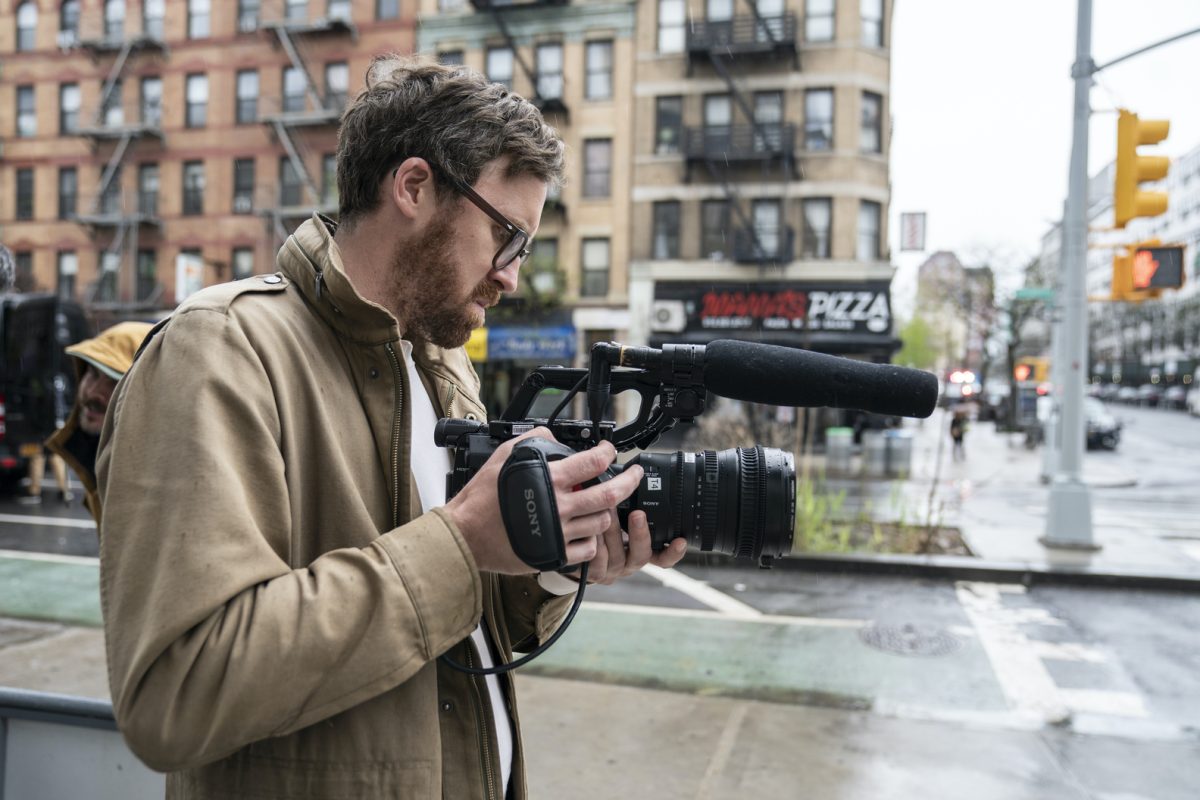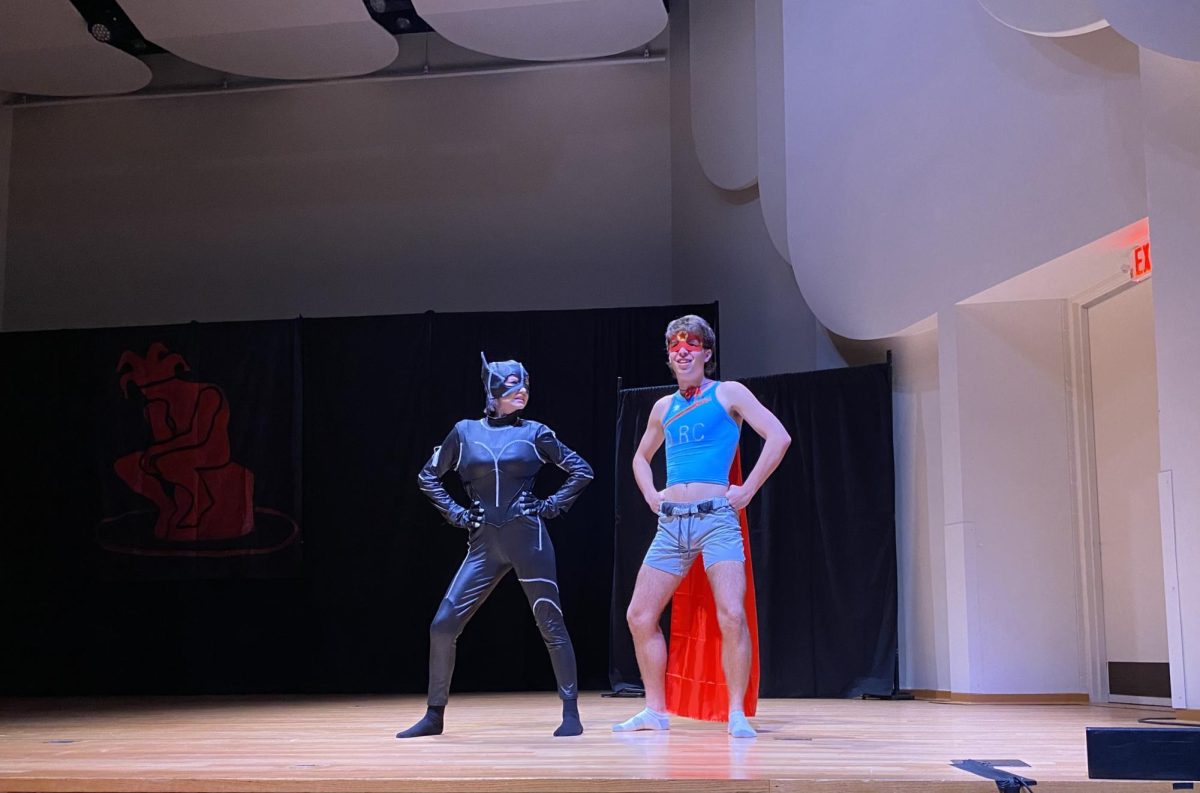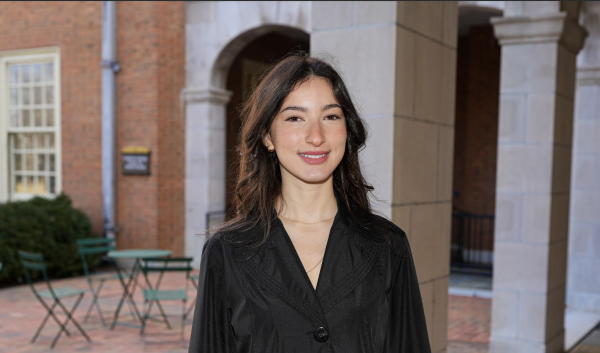As “How To with John Wilson” airs its final season, we’re reminded that when it comes to wrapping up a series in style, John Wilson is an undisputed master. In a world full of the mundane and the lackluster, Wilson has a talent for transforming life’s most pedestrian moments into a mesmerizing picture of the bizarre and the brilliant.
Wilson, the intrepid creator of the HBO television series “How To with John Wilson,” embarks on journeys that take him across New York City and beyond. In an attempt to capture the human experience, Wilson succumbs to the detours and diversions that lead him to uncover the unexpected — sometimes verging on deviant — stories of the people he encounters along the way. Whether it is exploring the intricacies of tracking packages, striving for physical fitness or delving into peculiar obsessions like 9/11-themed bodybuilding, Wilson’s adventures often take unpredictable turns.
Trying to explain an episode of the show is like trying to nail water to a wall. Wilson’s farewell season is a conceptual tour de force that consistently ponders life’s peculiarities. Viewers are left with the indefatigable urge to embrace the art of living in a beautifully bizarre world.
The terminal quality of the final season allows Wilson to peer over the walls of restraint that were previously placed upon him — either by himself or the network. He could use any b-roll shots stored in the show’s carefully organized archive, or he could slip in loftier messages that point out the absurdities of late-stage capitalist consumerism.
While most of the scenes are candid shots captured by the series’ extensive camera crew, Wilson reveals to Bruce, one of his subjects, in the second-to-last episode “How to Watch Birds,” that he has lied on the show at various times to enhance the established narrative. Wilson details how certain shots were meticulously constructed to create the illusion of organic continuity, and subjects were paid for particular replies that enhance the storyline he attempts to craft.
The decision Wilson makes to film himself paying his subjects for interviews, particularly in the context of the episode on documentary ethics, underscores the show’s complex relationship with the transactional nature of documentary filmmaking. In a turn against the illusion of authenticity, Wilson exposes the inherent artificiality of the medium itself. The continued presence of artificiality in Wilson’s work seems to create an unshakeable internal discord, becoming increasingly apparent toward the series’ end, possibly driving the show’s conclusion. Wilson acknowledges that he wants viewers to believe they are witnessing reality, and in doing so, he blurs the boundaries between documentary and entertainment.
In the final episode of the series, “How to Track Your Package,” Wilson embarks on a detour into the world of pizza deliveries. His foray leads to a heartwarming encounter with a couple who rely on these deliveries to survive the stresses of parenthood. These candid, emotionally charged moments have always set “How To” apart from the typical how-to video parody format, as they offer a glimpse into the beautiful disarray that is real life.
Later in the same episode, Wilson dives deeper into the absurdity of organ transport (of the musical instrument variety) and stumbles upon a cryogenics enthusiast named Mike. The show’s final interview turns out to be a strangely poignant conversation with Mike, as the two discuss Mike’s desire to evade death by preserving his head in cryonic suspension. This prompts Wilson to explore the ethical and functional implications of Mike’s decision.
Here the series takes its most unexpected turn, as Mike reveals a lifelong commitment to celibacy as a result of his teenage act of self-castration. Wilson’s unflinching approach to Mike’s deeply vulnerable confession, devoid of shock or humor, allows Mike’s story to unfold organically. The final scenes of the show play out at Mike’s home in Scottsdale, followed by a wistful sunset homecoming to Wilson’s native New York city, culminating in what feels like an abrupt but emotional farewell to viewers.
The deliberate decision to end the show arguably at its peak is Wilson’s exercise in artistic restraint, recalling the idea that restraint often heightens desire — an underlying theme that runs throughout the series. Or in this case, the longing for more episodes, more stories, more unexplored horizons afforded by Wilson’s signature structure…
In the final moments of the series, as the episode draws the curtain, Wilson narrates, “This is John Wilson. Thank you so much for watching my movies.” With these final words of gratitude, Wilson leaves an indelible mark on the documentary medium, and perhaps most critically, “How To with John Wilson” successfully threads the delicate equilibrium between what is revealed and what is withheld.











